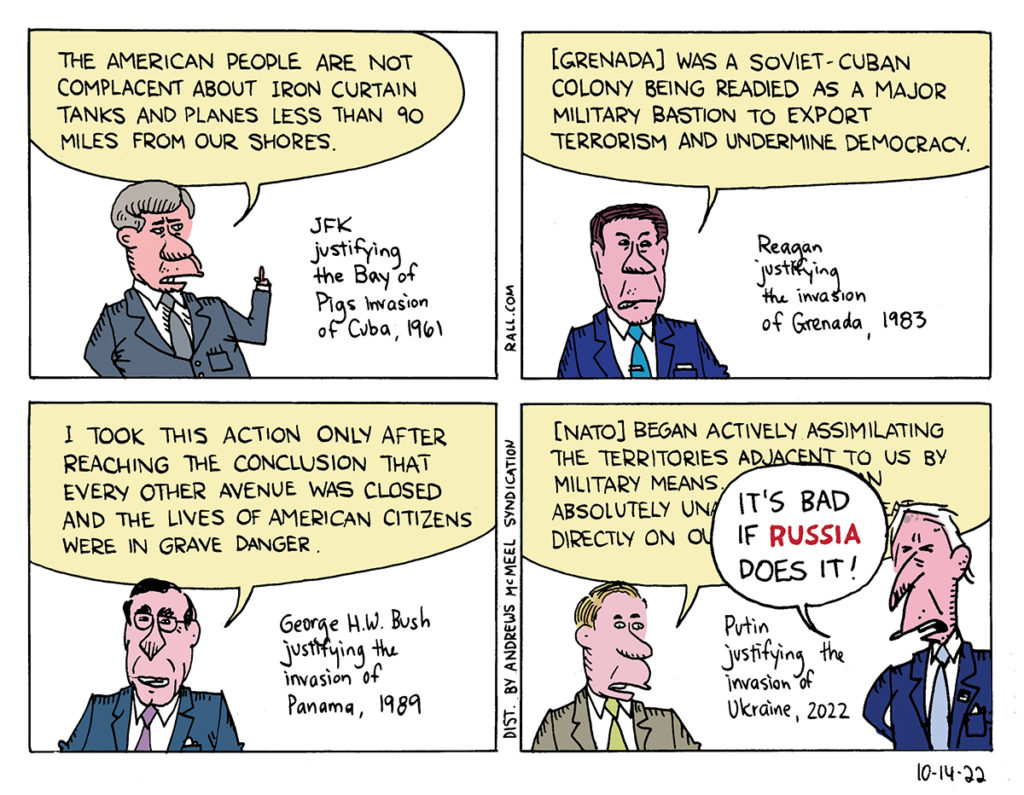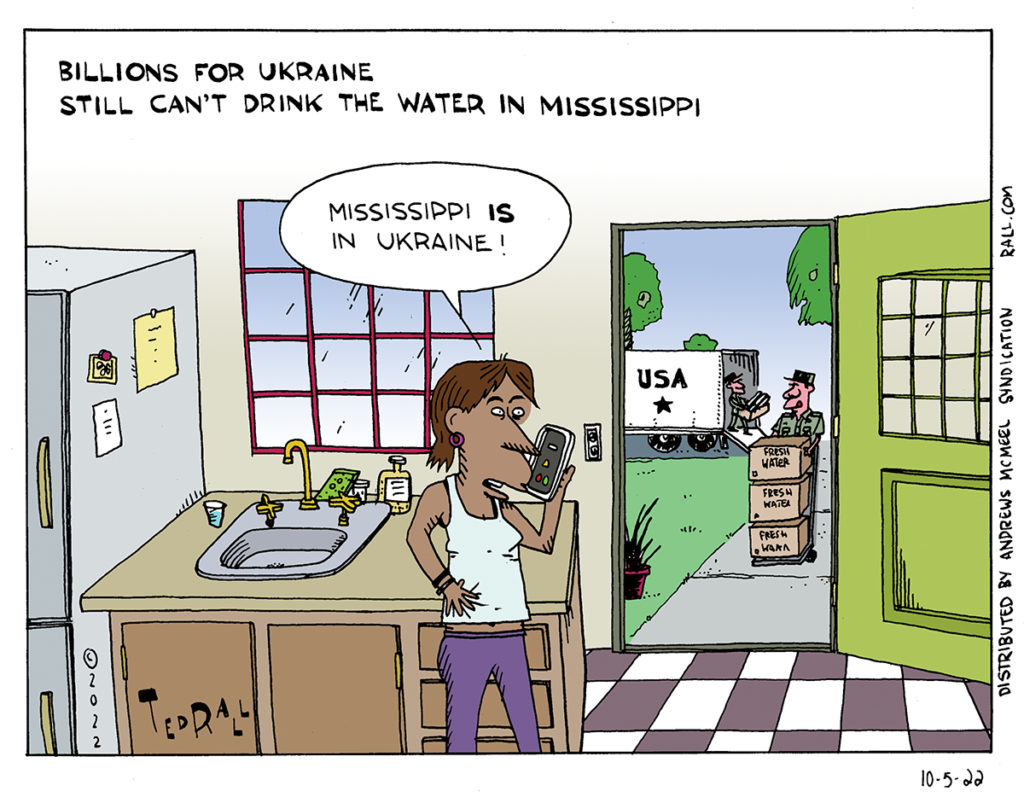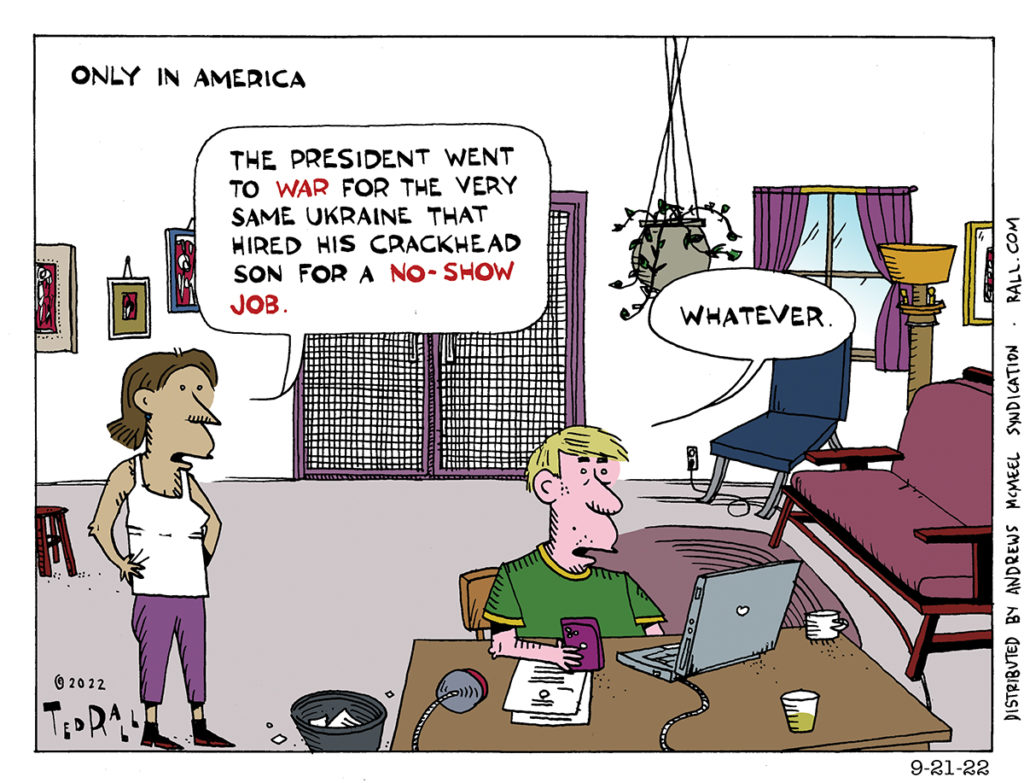In this edition of the DMZ America Podcast, nationally-recognized Editorial Cartoonists Ted Rall and Scott Stantis discuss the quickly-approaching midterm elections. How the Democrats are blowing it and why it will be partly their fault if a bunch of MAGA nutbags get elected. Also: what does Haiti have to do with Ukraine?




